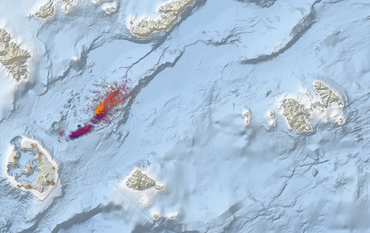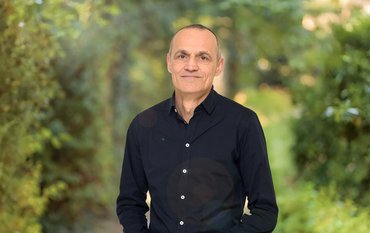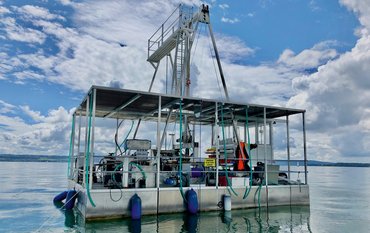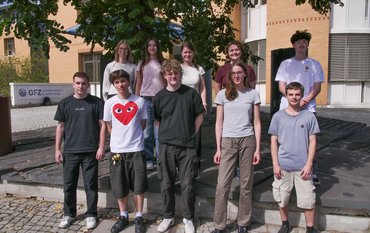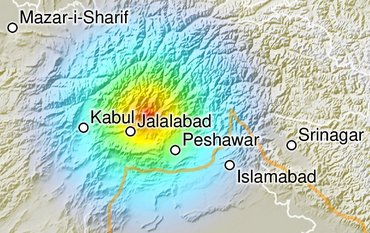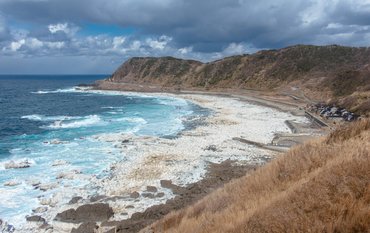Her Excellency Laila Stenseng, Ambassador of the Kingdom of Norway to Germany, visited the GFZ Helmholtz Centre for Geosciences in Potsdam on 15 July 2025. The exchange with the Scientific Director and researchers at GFZ aimed to strengthen further scientific cooperation between Norway and Germany in the fields of Earth and environmental research.
Following a welcome by Scientific Executive Director Prof. Dr. Susanne Buiter, the delegation was introduced to GFZ’s international research infrastructures and its longstanding partnerships with Norwegian institutions such as SINTEF Energi AS, a research institute focusing on sustainable energy transition, and the Geological Survey of Norway (NGU).
The scientific programme highlighted key topics:
- Geological storage technologies for CO₂ and hydrogen
Dr Cornelia Schmidt-Hattenberger presented the results of Europe's first and so far only onshore CO₂ storage project, which was carried out in Ketzin, Brandenburg, between 2004 and 2017. A similar demonstration project for the storage of hydrogen in underground pore reservoirs, known as saline aquifers, is now to be launched as a contribution to the energy transition in Brandenburg.
- The SAFAtor project for monitoring the world's oceans
Prof. Dr Fabrice Cotton explained the use of submarine fibre optic telecommunications cables with integrated sensors for seismic and oceanographic monitoring. This technology is intended to shorten warning times for tsunamis and earthquakes and provide climate-relevant measurement data from previously inaccessible areas of the world's oceans. The Helmholtz project SAFAtor, funded with €30 million, was launched at the beginning of 2025.
- Transfer and Innovation
Dr.-Ing. Jörn Krupa presented GFZ’s concepts for commercialising research results, including software and hardware developments and successful spin-offs such as maRam UG, which develops and markets the tinyBlack GNSS data logger for recording data from global navigation satellite systems. The tinyBlack can be used, for example, to monitor dams and volcanoes or as base stations for drones.
The visit underscored the shared commitment of both countries to advancing research in climate protection, energy transition, and geoscientific innovation.
A guided tour of the historic observatories on the Telegrafenberg concluded the programme.



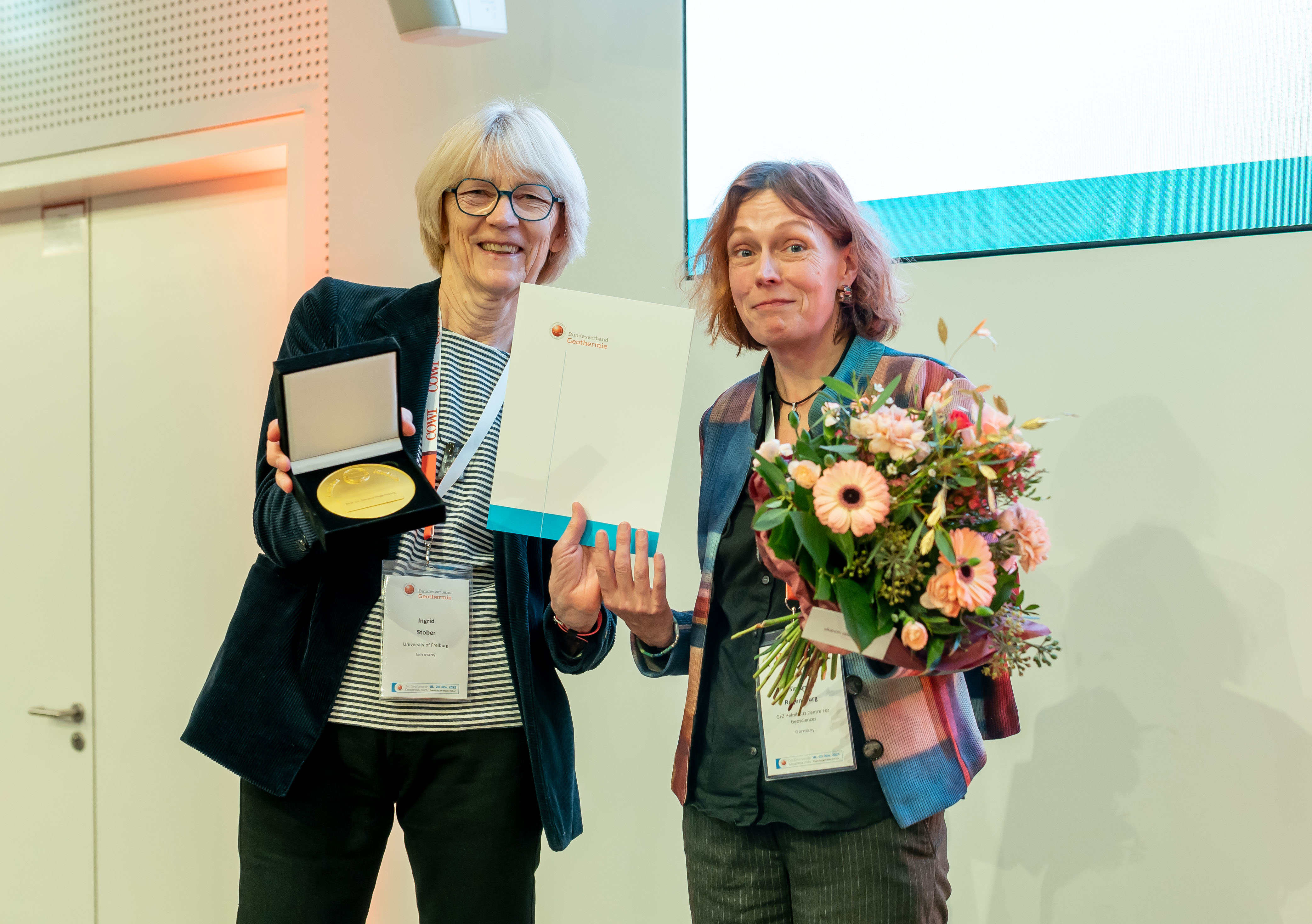
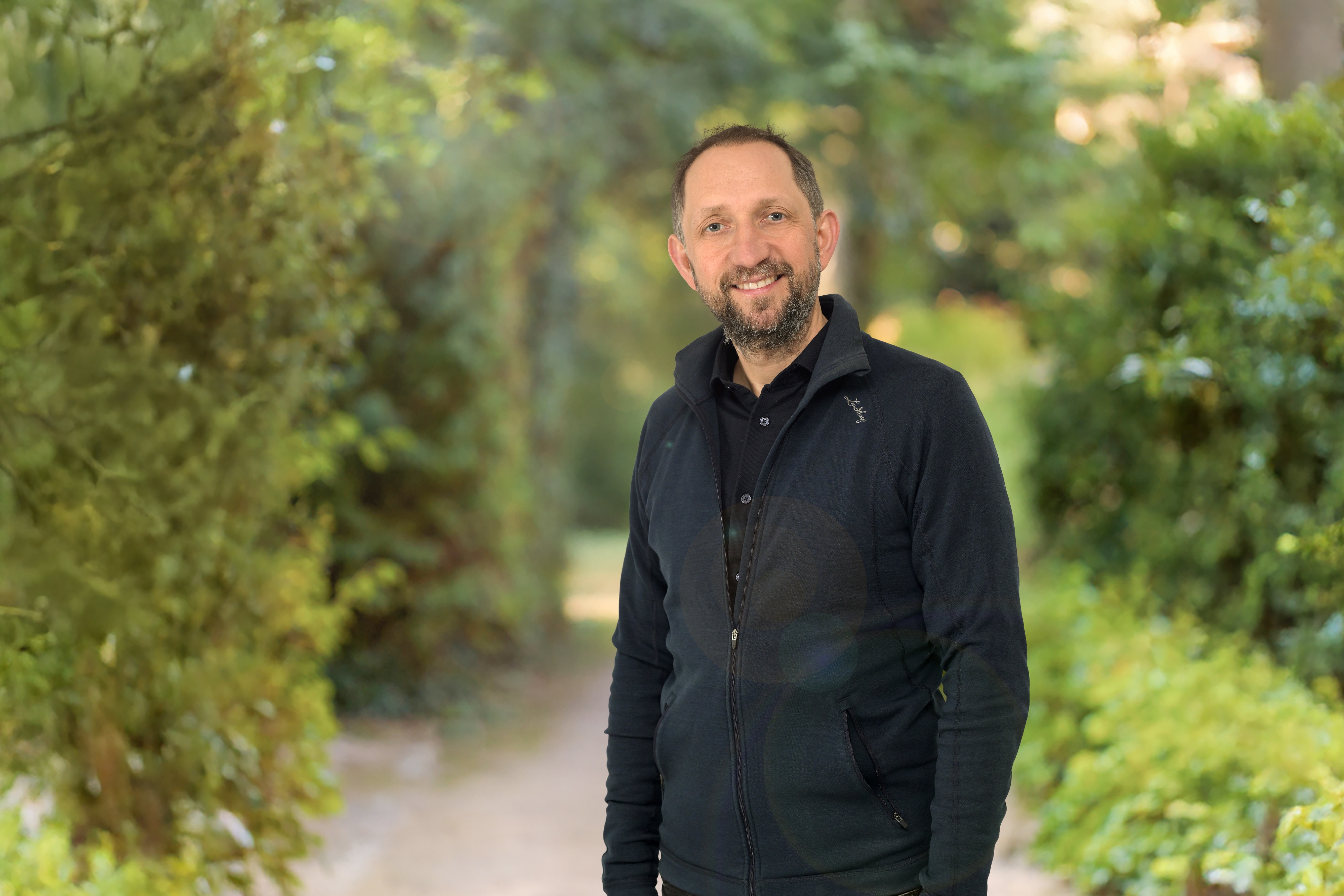
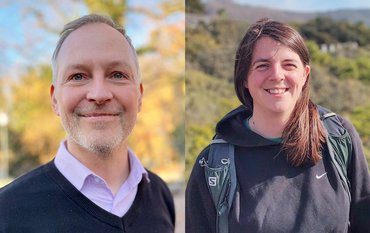
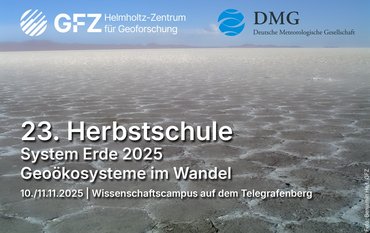
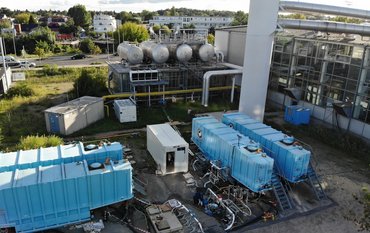
![[Translate to English:] Group photo with 8 people in a seminar room in front of a screen.](/fileadmin/_processed_/2/1/csm_20251114_News_EU-Water-Resilience-Exchange_Kreibich_c-xx_db4e5be690.jpeg)
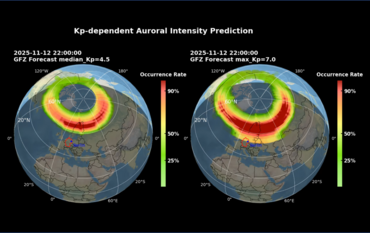

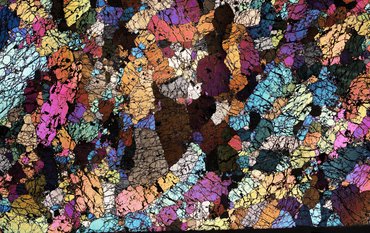
![[Translate to English:] Portrait photo, blurry background](/fileadmin/_processed_/a/2/csm_2025_11_06_JEAN_BRAUN_HE_Helmholtz_Portraits-23_2b5c35beee.jpeg)
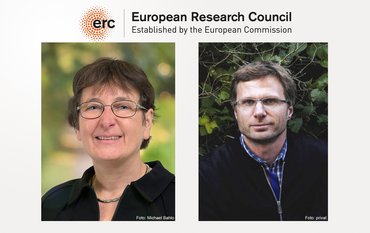
![[Translate to English:] Excerpt from a map of the Phlegraean Fields near Naples, Italy: Left: Red dots mark smartphone sensors, yellow triangles mark fixed seismological stations. Right: The area is coloured in shades of yellow, red and purple according to the amplification of seismic waves.](/fileadmin/_processed_/3/b/csm_20251028_PM_Smartphone-Earthquake_Slider_12500fa0e6.jpeg)
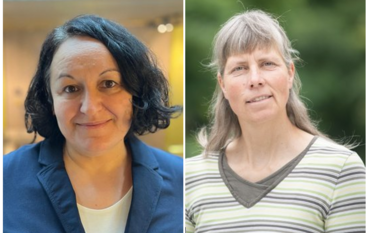
![[Translate to English:] Green background, portrait of Heidi Kreibich](/fileadmin/_processed_/1/1/csm_20251023_Kreibich-Heidi-2025-Vollformat-green_web_-c-Michael-Bahlo_72946c7fe4.jpeg)
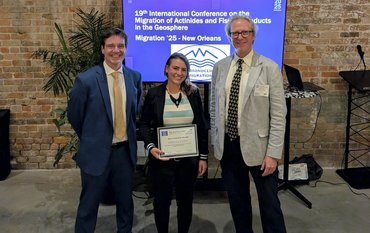
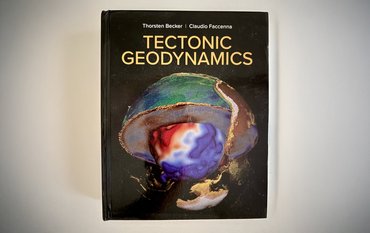
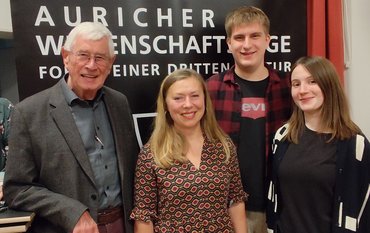
![[Translate to English:] semicircle depicting the future missions, graphics of the new satellites](/fileadmin/_processed_/3/d/csm_2025_10_08_Copernicus_Erweiterung_3f08a76a33.png)
![[Translate to English:] Portrait picture](/fileadmin/_processed_/f/4/csm_Magnall-Joseph-Kachel-c-privat_36e23315c3.jpeg)

